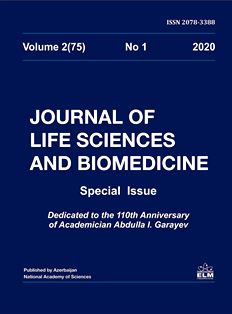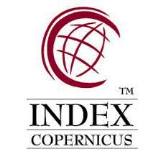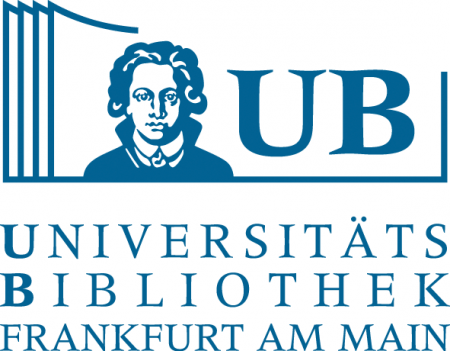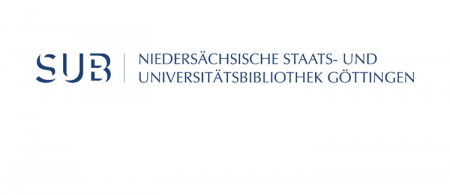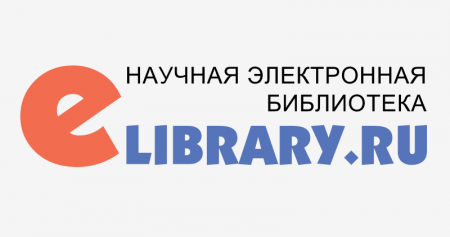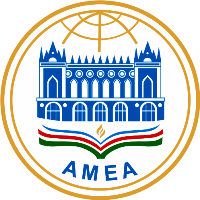
Influence of football activities on the amount of lipid peroxidation products and enzyme activity in adolescent saliva
Research article: Influence of football activities on the amount of lipid peroxidation products and enzyme activity in adolescent saliva
Authors: I.S. Aliyev, S.A. Aliyev
Azerbaijan State Academy of Physical Education and Sport, 98 Fatali Khan Khoyski Str., AZ1072 Baku, Azerbaijan;
*For correspondence: ilgar.aliyev@sport.edu.az
Accepted for publication: 15 May 2020
Abstract:
The article concerns the study of the role of regular physical activity in adaptive changes in the li- pid peroxidation process and the antioxidant reaction of the organism in 10–15-year-old adoles- cents involved in football. Measurements and analysis of lipid peroxidation products (heptan- and isopropanol-soluble products) were performed in the saliva of athletes in various age groups|: 10- 11, 12-13 and 14-15 years old. The obtained data indicate that the biochemical analysis of saliva can characterize not only the level of training loads received by the athlete, but also assess the reserve possibilities of adaptation to future loads, as evidenced by the indicators of the enzymatic activity of saliva measured for the antioxidant enzyme catalase and the metabolic enzyme α-amylase. Determi- ning the nature of adaptive changes in indicators of lipid peroxidation in saliva in response to physical exercise will be of significant practical importance, especially, in light of the demand for modern functional and laboratory diagnostics methods that allow fast and effective non-invasive, painless testing.
Keywords: Adolescent football players, physical training loads, saliva, lipid peroxidation, enzyme activity
References:
Aliev S.A., Aliev I.S., Alibekova S.S. (2018a) Adaptation of the physiological systems of the body of football players aged 13-15 to muscle activity. Modern problems of biology. Materials of the Republican scientific conference. Sumgayit: 294-295.
Aliev S.A., Gasanova A.K., Akhmedova I.N. (2018b) Dynamics of changes in the activity of enzymes of the antioxidant defense system in the blood plasma of athletes. Institute of Physiology named after A.I. Garayev of ANAS and a collection of scientific works of the Azerbaijan Society of Physiologists. Problems of Physiology and Biochemistry, 36: 113-119.
Bazagin K.P. (2013) Dynamics of indicators of antioxidant status in athletes. blvd. VSNTsSO, 5: 9-12.
Vladimirov Yu.A. (2000) Free radicals in biological membranes. Soros Educational Journal, 6 (12): 13-19.
Volchegorsky I.A., Nalimov A.G., Yarovinsky B.G. other. (1989) Comparison of individual approaches to the determination of lipid peroxidation products in heptane-isopropanol blood extracts. Questions of Medicinal Chemistry, 35(1): 127-131.
Grigoryeva N.M. (2003) Peculiarities of adaptation of lipid peroxidation and antioxidant systems (LPO-AOS) to regular swimming lessons in children aged 7-9 years. Dis. Ph.D. Chelyabinsk: 154 p.
Dyatlov D.A., Volchegorsky I.A., Lvovskaya E.I. other. (1997) Analysis of the content of lipid peroxidation products in the blood of cross-country skiers of various sports qualifications. Theory and Practice of Physical Worship, 4:59-63
Elikov A.V., Galstyan A.G. (2017) Antioxidant status in athletes during dosed physical activity and in the recovery period. Nutrition issues. 86(2):23-3
Lvov EA (1998) Violation of lipid peroxidation processes in thermal injury and pathogenetic substantiation of antioxidant treatment of blood plasma: Dis. Med Doctor Med. The science. Chelyabinsk: 260 p.
Lutsik E.G., Konoshenko S.V., Popichev M.I. (2001) The state of lipid peroxidation of plasma and erythrocyte membranes in basketball players. Physiology of man of the century. 27(6):108-110
Mikhailov S.S. (2016) Biochemistry of motor activity. Moscow: Soviet Sport, 296 p.
Statsenko E.A., Alkevich E.L. (2009) Oxidative stress in physical activity dosage. Physiotherapy, Balneology and Rehabilitation, No. 4: 33–36.
Alessio H.M. (1993) Exercise-induced oxidative stress. Med. Sci. Sport Exers., 25(2): 218-224.
Baraboy V.A. (1989) The role of lipid peroxidati-on in the mechanism of stress. Fiziologicheskiĭ zhurnal, 35(5): 85-97.
Baraboy V.A. (2006) Bioantioxidants. Kiev: Bo-ok Plus Publ., pp. 154–155
Meerson F.Z. (1985) Physiology of adaptation processes. M: Nauka, 645 p. (in Russian).
Metzler D.E. (1980) Biochemistry: The chemical reactions of living cells. Edited by A.E. Browns-tein. M: Mir, 1(3): 50-60.
Nabatnikova M.Y. (1984) Methodology for constructing long-term norms of versatile physi-cal and functional training of young athletes. M: Physical culture and sport, 84 p. (in Russian).
Sen C.K. (1995) Oxidants and antioxidants in exercise. J. Appl. Physiol., 79(3): 675-686.
Stoney C.M., Bausserman L. Niaura R. et al. (1999). Lipid reactivity to stress: II. Biological and behavioral influences. Health Psychology, 18(3): 251–261. https://doi.org/10.1037/0278-6133.18.3.251
Van Stegeren A., Rohleder N., Everaerd W., Wolf O.T. (2006) Salivary alpha amylase as marker for adrenergic activity during stress: ef-fect of betablockade. Psychoneuroendocrino-logy, 31(1):137-41.
Yamamoto T., Ohkuwa T., Itoh H. et al. (2003) Relation between voluntary physical activity and oxidant/antioxidant status in rats. Comparative Biochemistry and Physiology. Part Toxicology and Pharmacology, 135(2): 163-168.

